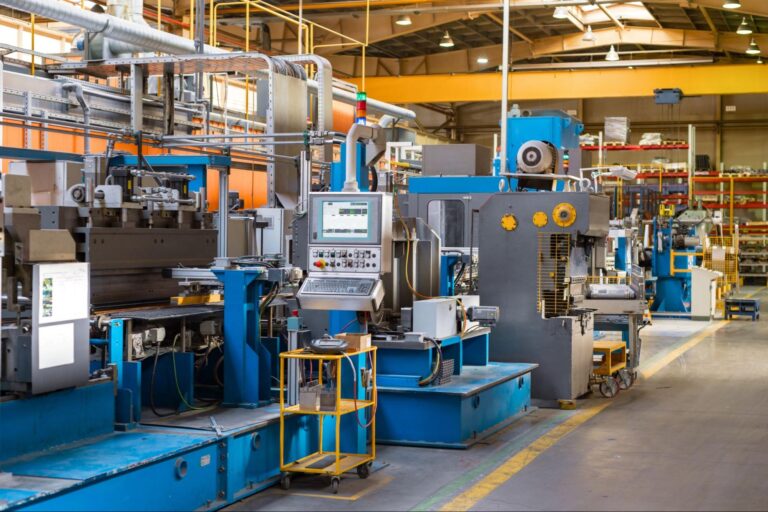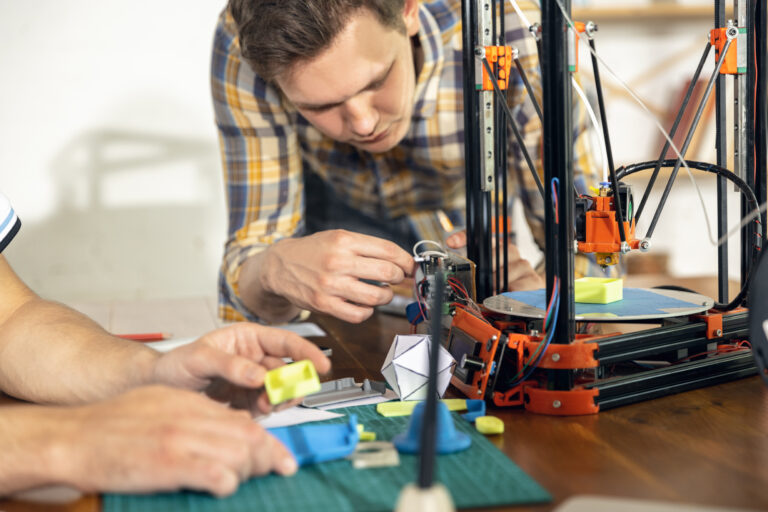Time to read: 6 min
Polymethyl methacrylate (PMMA) is a transparent amorphous thermoplastic homopolymer that’s also known as acrylic or acrylic glass. PMMA plastic is an excellent alternative to glass and polycarbonate because it’s naturally transparent and has a glass-like appearance. PMMA has numerous modern-day applications and some highly useful properties.
One common method for shaping and finishing PMMA is CNC machining. In this article, we’ll provide a simple guide to understanding the basics of PMMA CNC machining, properties of PPMA, and common utilizations of PMMA CNC machined parts. This versatile plastic may also be injection molded, though we won’t be covering that in this article.
What is CNC Machining?
CNC (computer numerical control) machining is a manufacturing process that uses computer-controlled machinery to cut, shape, and finish materials. In CNC machining, a computer program is used to control the movement of the machinery, which can include lathes (CNC turning), mills, and 3D printers. The program is designed to accurately follow the instructions provided by the user to perform precise and repeatable cuts and shapes.
What is PMMA and Why is it Used in CNC Machining?
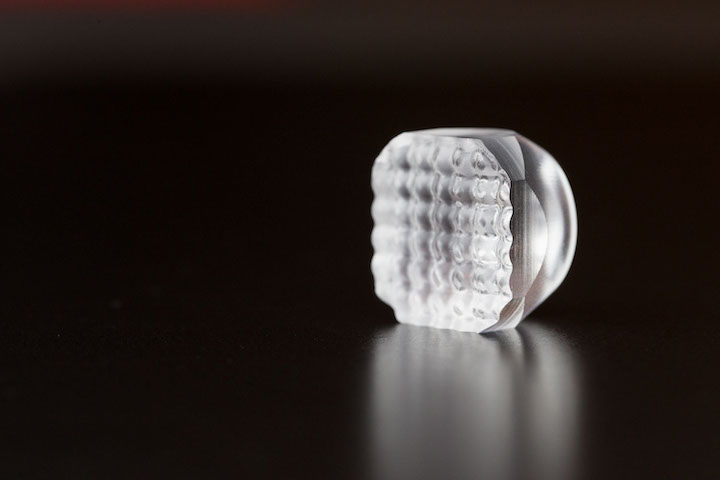
PMMA, or polymethyl methacrylate, is a type of plastic known for its transparency, strength, and durability. Due to its phyical structure, PMMA is also resistant to UV light and has good weatherability, making it suitable for outdoor applications. These physical properties make PMMA well-suited for applications where transparency is important, such as signage and displays. It’s also used in applications where it’s subjected to wear and tear, such as automotive parts.
Acrylic is also a popular substitute for glass because of its cost effectiveness. For example, when this article was published, a 12”x12”x0.25” borosilicate glass sheet cost $49.60, but a 12”x12”x0.25” clear acrylic sheet cost $8.46 — that’s a huge difference in price!
PMMA is a popular choice for CNC machining because it’s easy to work with and can be machined to precise tolerances. It is relatively easy to machine, tough (more than 10x tougher than silicone glass) and easy to handle, making it a popular choice for even complex parts. There are two manufacturing methods for making PMMA for CNC machining applications: casting and extruding. Casting creates less internal stresses, so cast acrylic is less brittle than extruded acrylic and is more optimal for CNC machining processes. Ultimately, the choice between cast vs acrylic PMMA depends on your desired manufacturing process and product application.
Pro-Tip: Whether you are looking to design your next project with PMMA or any other material, check out our helpful Design for Manufacturability for CNC Machining Master Class where you will learn how to minimize the challenges of CNC machining and design parts that are cheaper, and faster and less risky to produce.
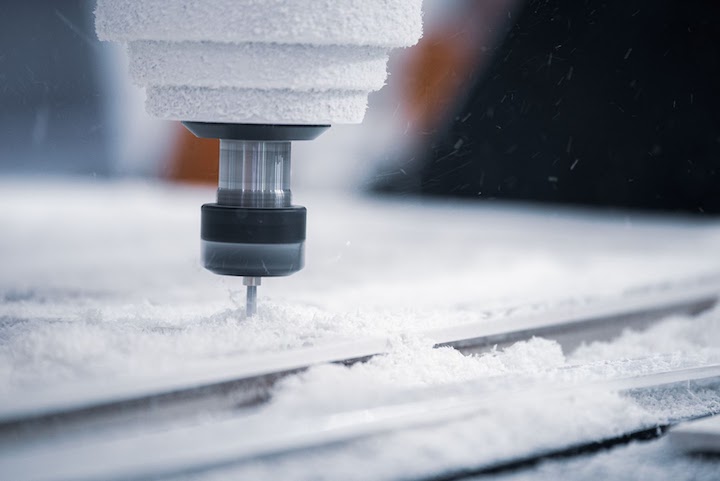
Key Properties of PMMA/Acrylic
| PMMA Property | Property Value | Benefit for CNC Machining and Complex Part Design |
| Transparency | Light transmission of up to 92% | Excellent material for applications where visibility is important, such as signage and display cases |
| Durability | Tensile strength of 8000 PSI and excellent impact resistance | Good for moderate stress applications |
| Resistant to UV radiation | As little as 3% degradation over a 10 year period of outdoor use | Excellent for outdoor use |
| Chemical resistance | PMMA is resistant to many chemicals, including most acids, bases, and organic solvents. | Suitable for chemical exposure |
| Light Weight | Density = 0.043 lb/in^3 | Easy to handle and transport |
| Machinable/Formable | Less expensive to machine but slightly more brittle than other metals so care should be taken when machining | Easy to machine and can be machined using a variety of tools, including CNC mills and lathes. Easily shaped using thermoforming and other plastic forming techniques. |
| Easily Joined | Solvent-based glues actually chemically bond acrylic together, resulting in a simple yet strong bond. | Simple, straightforward joining techniques work well with PMMA (such as adhesives) |
| Thermal stability | Maximum operating temperature of 170℉ | Good for moderate heat exposure but can deform or melt at higher temperatures. |
Common Uses for PMMA/Acrylic
Displays: PMMA is often used for display cases, point-of-sale displays, and other types of retail displays due to its transparency and ability to protect the items on display from damage, dust, and moisture.
Prototyping: PMMA is a popular material for prototyping due to its low cost and high machinability for a wide range of shapes and sizes. It’s also useful for complex mechanical parts because investors, stakeholders, and other departments can see the inner workings of your design in action.
Signage: As previously mentioned, PMMA is often used for signage due to its transparency and ability to be machined into a wide range of shapes and sizes. Due to its transparency, you can light up PMMA to create aesthetically pleasing designs, so it’s commonly used for letters and logos on storefronts, wayfinding signs, and other signage.
Medical devices: PMMA is commonly used in the medical industry due to its biocompatibility, reliability and low toxicity. PMMA is found in many medical industry components, such as: prosthetics, artificial joints, fasteners, contact lenses, and even bone cements.
Lighting: PMMA is often used in the lighting industry due to its optical transparency, or ability to transmit light. It is commonly used for light diffusers, lenses, and other lighting components.
Automotive: PMMA is used in the automotive industry for a variety of applications, including headlights, taillights, and other lighting components, as well as for interior and exterior trim.
Construction: PMMA is used in the construction industry for a variety of applications, including window glazing, skylights, and other transparent architectural elements.
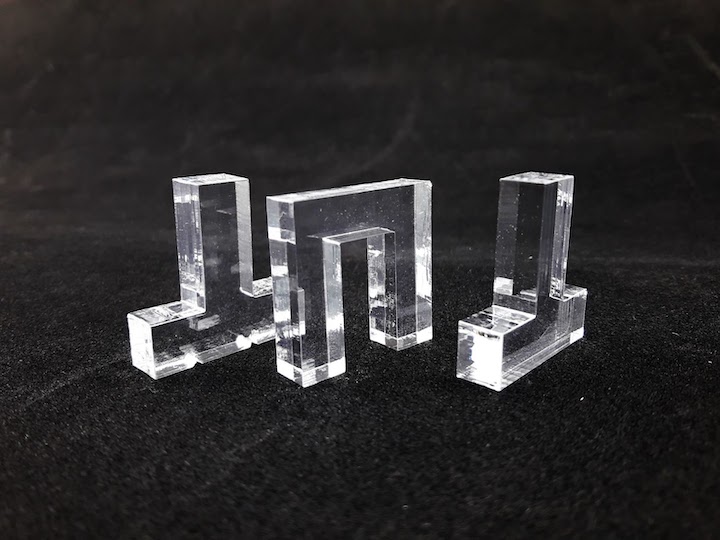
Key Tips for CNC Machining PMMA/Acrylic
The process of CNC machining PMMA begins with the design of the part or product. This design is typically created using computer-aided design (CAD) software and is then used to generate a computer program that will control the machining process (typically CAM based).
Once the program is created, the PMMA material is loaded into the CNC machine. The machine then uses various tools, such as end mills and drills, to cut, shape, and finish the material according to the instructions provided by the program. The finished product is then checked for accuracy and quality.
There are a few considerations that should be taken into account when machining PMMA using CNC techniques.
Tool selection: PMMA is a relatively soft material, and as such, it requires sharp and carefully chosen cutting tools to prevent tool wear and breakage. High-speed steel (HSS) tools are generally the best choice for machining PMMA, although carbide and diamond-coated tools can also be used. Only use tooling specified for plastic machining to cut PMMA — a good rule of thumb is to use a cutting tool with a high-shear flute geometry (1 or 2 flute tools), and around a 5° edge rake angle and a 2° clearance angle.
Cutting speeds: PMMA has a relatively low melting point, and as such, it’s critical to use moderate-to-low cutting speeds when machining the material. High cutting speeds can cause the material to melt or deform, leading to poor surface finish and tool wear.
Feed rates: Check out this study showing the impact feed rate has on the cut edge quality for PMMA machining. It shows that a feed rate of 75% the rate at which the tool breaks was optimal for the cut edge quality. A more comprehensive white paper for utilizing a diamond micromill to maching acrylic can be found here.
Coolant: PMMA has a low coefficient of thermal expansion, and as such, it’s a good idea to use coolant when machining the material. Coolant helps prevent the material from overheating and improves surface finish. Since PMMA is compatible with a wide range of solutions, it’s not difficult to find a coolant that works.
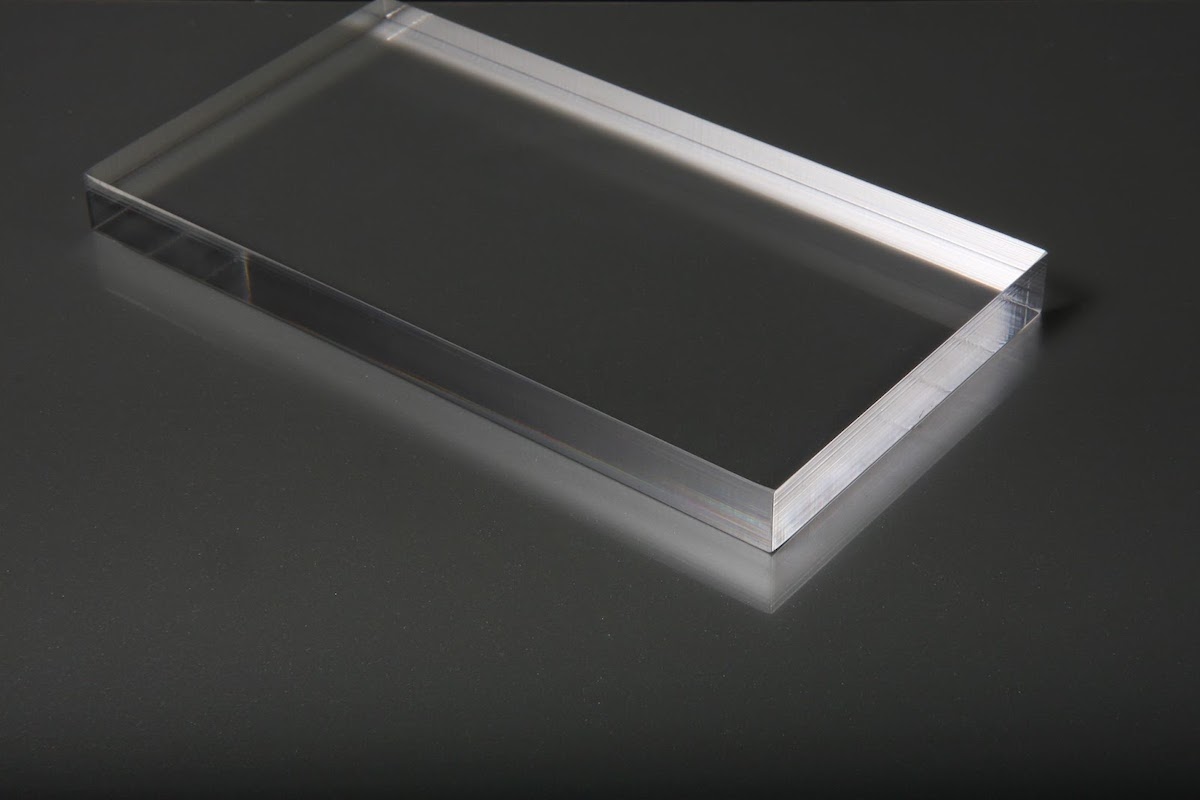
Overall, you should carefully consider tool selection, cutting speeds, feed rates, coolant, surface finish, and tolerance when CNC machining PMMA. By carefully controlling these parameters, you can achieve good results.
Conclusion
PMMA CNC machining is a versatile and precise manufacturing method suitable for a wide range of applications, even your most complex CNC parts. It allows for the production of highly accurate and repeatable parts and products. Understanding the basics of PMMA CNC machining can help you make informed decisions about the production of your parts and products.
Custom Parts, Fast – Start Your Next Project With Fictiv
For all your CNC machining and finishing needs, Fictiv has you covered. We’re experts at producing custom CNC machined tight tolerance parts, in a variety of materials, and we simplify custom part sourcing with intelligent, streamlined, automated workflows. Fictiv is your operating system for custom manufacturing that makes part procurement faster, easier, and more efficient.
Create an account and upload your part to see what our instant online CNC quote process, design for manufacturability feedback, and intelligent platform can do for you.









